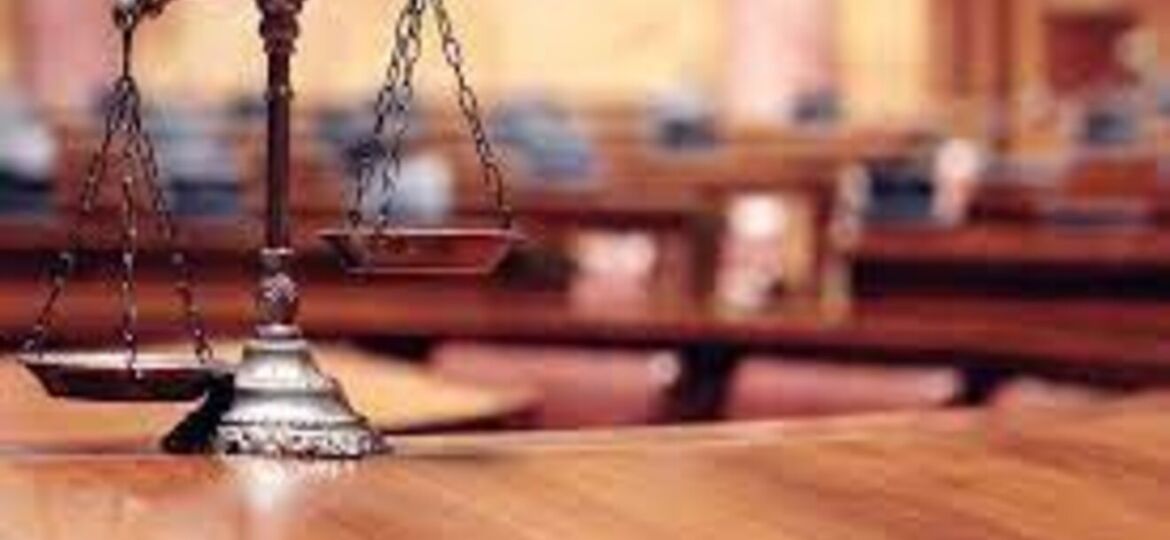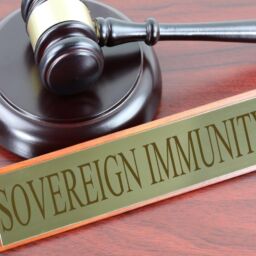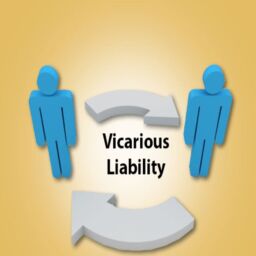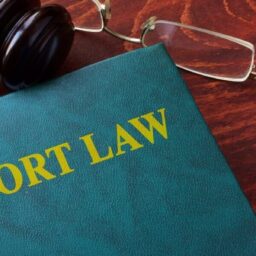
INTRODUCTION
The law of torts enables a person who has suffered any injury or harm to claim damages. The Latin word ‘tortum’ means ‘to twist’. The law of torts aims to put the claimant back in position as he or she was before the happening of the injury. In legal terms, damage means money paid as compensation for the wrong done. The term damage includes:
- a) compensatory damages
- b) punitive damages.
The court will award compensatory damages to an injured party for incurred as well as expected losses. In Oriental Insurance Co Ltd v. Vijay Kumar Mittal & Ors[1], it was held that damage to be paid to a victim has to be assessed separately as pecuniary and non-pecuniary before fixing the amount of compensation. In H. West & Son Ltd v Shepherd[2] the House of Lords held that ‘the damages awarded should be in such a way that it will give the injured party remedy for all the natural and direct consequences arising out of the wrongful act. Lord Denning in Lim Poh Choo v Camden and Islington Area Health Authority[3] cited that ‘in tort cases, the award of damages is assessed under four main heads:
1) special damages in the form of money spend,
2) cost of medical expenses,
3) loss of amenities,
4) loss of future earnings.
PECUNIARY DAMAGES
The word pecuniary comes from the Latin word pecunia which means ‘money’. The losses which can be measured in monetary terms are called pecuniary remedies. It is also called economic or special damages. The most common pecuniary losses are lost wages, medical bills, hospital bills, future lost wages, and vehicle repair costs. It is the most common form of compensation paid for loss in a personal injury lawsuit. These losses can be proved by producing the receipt or statement. Pecuniary losses include:
- Medical bills – all the medical costs that you have incurred like doctors’ bills, medication expenses, ambulance bills, therapy, and the like.
- Lost Wages – income that is lost because the claimant cannot work as a result of the incident in question.
- Physical Damage – damage to any property owned by the claimant.
- Future Care Cost – if an injury results in long-term care needs such as any disability or chronic illness. These costs extend to the care given by friends or family who may have to stop working.
- Cost of damages _ includes repair or replacement charges if your motor vehicle has been damaged.
- Loss of earnings – earnings lost due to the injury will form part of the claim because injured people often have to miss work.
- Loss of earning capacity – if the accident has precluded you from continuing to do your job or chosen career. For example, you are a guitarist and you injure your hands, you may no longer be able to carry the job.
In R.D. Hattangadi v Pest Control (India) Private Limited[4] the court held that ‘pecuniary damages include expenses incurred by the claimant such as –
- medical attendance,
- loss of earning of profit up to the date of trial,
- other material loss.
Pecuniary damages include matters like loss of earnings, actual and prospective, out-of-pocket expenses.[5] The method of calculating pecuniary loss has been cited in the case of R. K Malik and Another v Kiran Pal and Others[6]. Here the court held that ‘the multiplier method should be applied which is based upon the principle that the claimant must be paid a capital sum that would provide material benefits of the same standard and as the deceased would have provided for the dependants if he or she had lived.
NON-PECUNIARY DAMAGES
The damages that cannot be quantified with money are called non-pecuniary damages. It is also called general or non-economic damages. Example: disfigurement. It also covers impairment of relationship if your injury has hurt your physical, natural, and intellectual abilities. They relate to intangible costs that rest from injury. It includes the following:
- Pain and suffering – pain means physical hurt or discomfort which includes pain caused by any medical treatment. Suffering means mental or emotional distress. Example: excruciating pain caused due to medical treatment without anaesthesia ( Kralj v Mcgrath)[7]
- Emotional distress – which includes depression, anxiety, or other emotional harm because of the incident.
- Impairment of life – also called loss of amenity or loss of enjoyment of life. Example: loss of capacity to use one’s limbs, loss of marriage prospects (Moriarty v McCarthy)[8], inability to play with one’s children (Hoffman v Sofaer)[9]. In Wise v Kaye[10], the brain-injured plaintiff had been unconscious since the date of the accident and had no prospect of recovery. Court of appeal held that the plaintiff will be entitled to a substantial sum for loss of amenity.
- Impairment of mental abilities
- Impairment of physical abilities
- Loss of future wages
Factors that determine the compensation for non-pecuniary losses are:
- The nature, gravity, and severity of the injury – in C F Wise v Kaye (supra), it was held that the gravity of severity requires an examination of the intensity of physical pain suffered by the plaintiff.
- Age or stage of life – plaintiff’s age at which the accident occurred is relevant for the assessment of damages for non-pecuniary loss. (Housecroft v Burnett)[11].
- Reduced life expectancy – compensation is awarded for the mental suffering caused thereby.
- Pre-injury hobbies or amenities – if the plaintiff enjoys a hobby, for instance, if he or she was an amateur dancer who has lost a leg then he or she will be given a higher amount than a physically inactive scholar because he or she is no longer able to do the same.
- Pre-existing disability- if a claimant has got any pre-existing disabilities in addition to the injuries that he sustained during the incident then the amount of non-pecuniary compensation will be higher.
In Lindal v Lindal, [12]appellant suffered extensive brain damage resulting in physical and mental disability and emotional disorder due to the respondent’s negligent driving of a motor vehicle. The trial court awarded $ 135000 for non-pecuniary damages. In the case of R. K. Malik v Kiran Pal III[13], 22 children died in an accident of a school bus which fell in river Yamuna. Concerning non-pecuniary damages, the court awarded Rs. 75000 as compensation. In Arnold v Teno [14] the plaintiff Arnold met with an accident that caused acute brain damage resulting in mental and physical impairment. An amount of $ 100000 as non-pecuniary damage was imposed by Justice Spence.
CONCLUSION
In tort law, the only remedy to the wrong caused is by paying damages to the victim. Since there is no codification for calculating such damages the determination of the same is done by judicial precedence. Various theories like multiple theories, hand’s theory, and interest theory are used for calculating the damages. All these rules are not predominantly used in India and hence there are a lot of ambiguities surrounding the calculation of compensation.
Author(s) Name: Avanthika R. (
[1] 2008 ACJ 1300
[2] 1964 AC 326
[3] 1979 QB 196
[4] AIR 1995 SC 755
[5] Clerk and Lindsell on Torts (16th edition)
[6] CA 3608 2009
[7] (1986) 1 All ER 54
[8] (1978) 1 WLR 155
[9] (1982) 1 WLR 1350
[10] (1962) 1 AII ER 257
[11] (1986) 1 AII ER 332
[12] (1981) 2 S.C.R 629
[13] (2006) ACC 261
[14] (1978) 2 S .C.R 287 (SCC)










